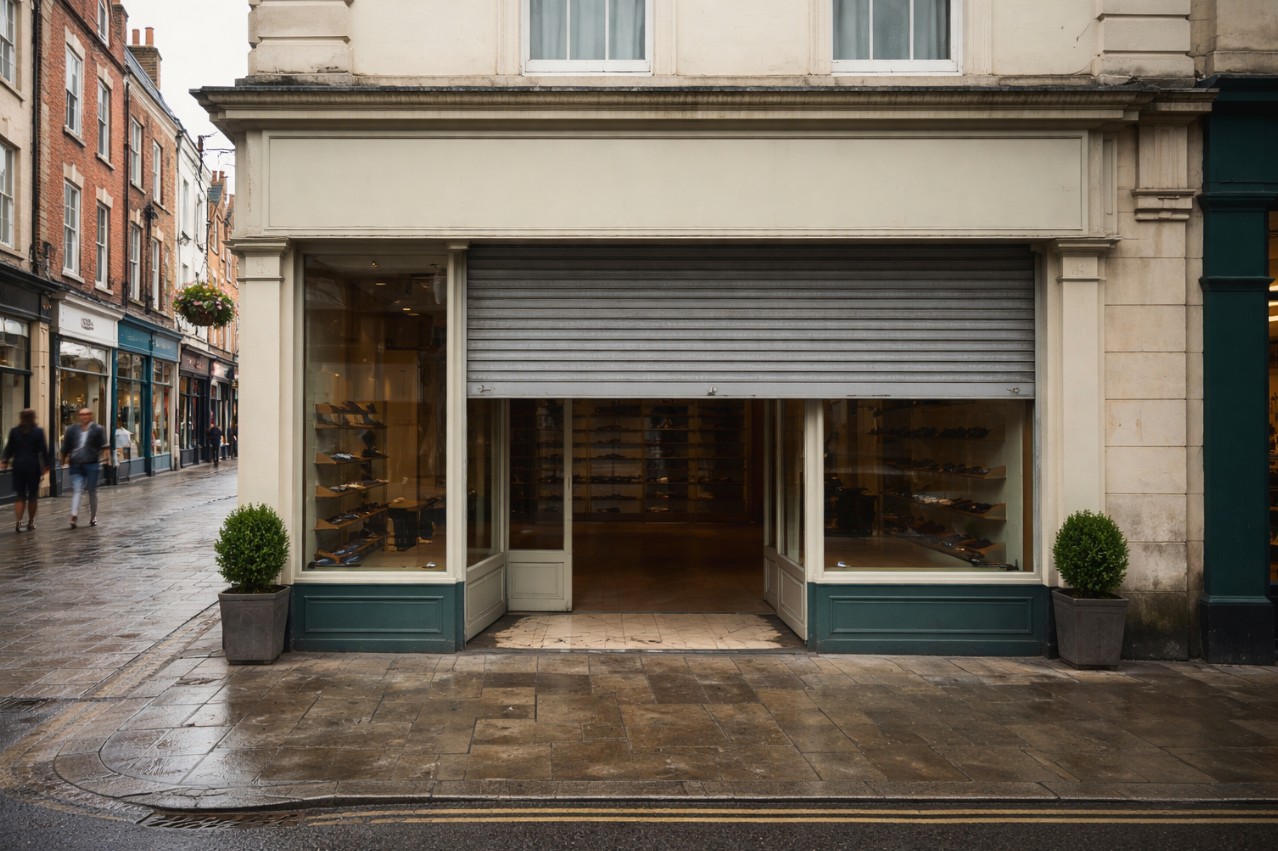Table of Contents
ToggleSevenoaks is experiencing a remarkable shift in its rental market. Average rents in the area have surged by 8.2% over the past year, now standing at £1,724 per month. This rise places Sevenoaks firmly among Kent’s most in-demand rental locations, driven by strong tenant demand and a tight supply of available properties.
The increase isn’t just a number. It reflects deeper changes in tenant behaviour, commuter trends, and housing supply across the South East. So, what’s fuelling this impressive growth? And what does it mean for tenants, landlords, and local property professionals?
Why the Rental Boom in Sevenoaks Pushed Average Rents Up 8.2% to £1,724?
Strong Demand from London Leavers and Local Upsizers

One of the most notable factors behind the rental surge is the ongoing ripple effect from London. Many renters who might previously have settled for cramped flats in zones 2 or 3 are now seeking more space, greenery, and lifestyle in towns like Sevenoaks. With fast train connections into London Bridge in just over 30 minutes, it’s easy to see why.
Hybrid and remote working have also made suburban towns far more appealing. Renters now look for home offices, gardens, and peaceful surroundings features that are more accessible in Sevenoaks than in inner London.
This shift is also affecting existing local renters. As more Londoners move in, competition for rental homes has increased. Locals looking to move to larger properties or new-build flats are often having to pay more, or wait longer than they might have expected a year or two ago.
For estate agents covering Sevenoaks, this rental boom is both an opportunity and a challenge, meeting demand without pushing affordability beyond reach.
Shortage of Stock Driving Prices Up
At the heart of the rental increase lies a familiar issue: lack of supply. Simply put, there aren’t enough homes available to rent in Sevenoaks to meet demand.
Landlords who left the market during recent tax and regulatory changes have left a gap. At the same time, fewer properties are coming onto the market from accidental landlords or buy-to-let investors.
This shortage is most acute for family-sized homes. Three- and four-bedroom houses with gardens are snapped up quickly. In many cases, they never even reach the property portals, lettings are agreed privately, or through waiting lists with local agents.
New developments have brought some relief, but not enough to offset wider pressures. High construction costs and lengthy planning processes have slowed down the delivery of rental stock in Sevenoaks and its surrounding villages.
Landlords Seizing the Moment
Despite previous concerns about regulatory pressures and tax changes, landlords who have remained in the market are now seeing clear rewards.
With rents rising and void periods falling, rental yields are improving. Many landlords are increasing their portfolios or at least holding onto properties they might have sold in a slower market.
Some are also investing in upgrading their homes. Energy-efficient certificate upgrades, smart home tech, and modern kitchens and bathrooms help justify higher rents. In a competitive market, a well-presented property can secure a premium and attract long-term tenants.
For those thinking of entering or expanding their presence in the Sevenoaks rental market, this could be an ideal time. With tenant demand outpacing supply, well-located properties with good specifications are letting quickly and often above the asking price.
Affordability Concerns Mounting for Renters
While landlords may be benefiting from the upswing, renters are increasingly feeling the pressure. At £1,724 per month, average rent in Sevenoaks is significantly above the Kent average and approaching figures seen in parts of outer London.
This is making affordability a growing concern, particularly for single renters, young professionals, and families with only one income. Many are being forced to consider shared accommodation or moving to less central areas such as Otford, Hildenborough, or Borough Green.
Some tenants are even delaying moves entirely. Faced with rising rents and high upfront costs, like deposits and referencing fees, many prefer to stay put, leading to longer tenancy lengths and lower turnover.
The Role of Letting Agents and Local Expertise
In a market this competitive, experienced local agents play a key role. From pricing guidance to tenant vetting and legal compliance, the input of knowledgeable letting professionals is invaluable.
Many landlords are turning to full-management services to stay on top of their legal responsibilities and make the most of market conditions. Meanwhile, tenants often rely on local agents to access properties before they’re widely advertised.
Estate agents in Sevenoaks are increasingly focusing on matching serious renters with the right homes quickly. With demand so high, there’s little room for delays Properties that are priced correctly and well-presented tend to let within days.
Investment Hotspots Around Sevenoaks
While central Sevenoaks remains the most sought-after location, there are opportunities in surrounding areas. Villages like Riverhead, Dunton Green, and Kemsing offer slightly more affordable rents, while still providing strong transport links and quality local amenities.
Dunton Green, in particular, has seen a wave of interest thanks to its modern developments near the station. Rental yields here are competitive, and the area appeals to professionals and young families alike.
These neighbouring pockets are also gaining popularity among tenants who want better value without compromising too much on lifestyle or convenience.
Looking Ahead: Will the Boom Continue?

It’s difficult to say how long this level of growth will continue. While demand remains high and supply remains limited, upward pressure on rents is likely to persist. However, affordability could become a natural ceiling, especially if wage growth doesn’t keep pace with rent increases.
There’s also uncertainty around regulation. Potential future changes to landlord legislation and tax policy could influence whether more properties come onto or leave the rental market.
On the other hand, interest from institutional landlords and build-to-rent developers could help stabilise supply in the medium term. If more purpose-built rental schemes are approved in and around Sevenoaks, they may relieve some pressure on the traditional private rental sector.
Final Thoughts
Sevenoaks’ 8.2% annual rent increase is more than just a headline it reflects a deeper transformation in the town’s property dynamics. As more people seek the lifestyle it offers, the competition for rental homes is only set to grow.
For tenants, it’s a challenging market requiring speed, preparation, and sometimes compromise. For landlords and investors, the outlook remains positive, provided they understand local demand and keep their UK properties in top condition.
As we head deeper into 2025, all eyes will be on how Sevenoaks balances its rising popularity with the need for sustainable, affordable rental growth.




